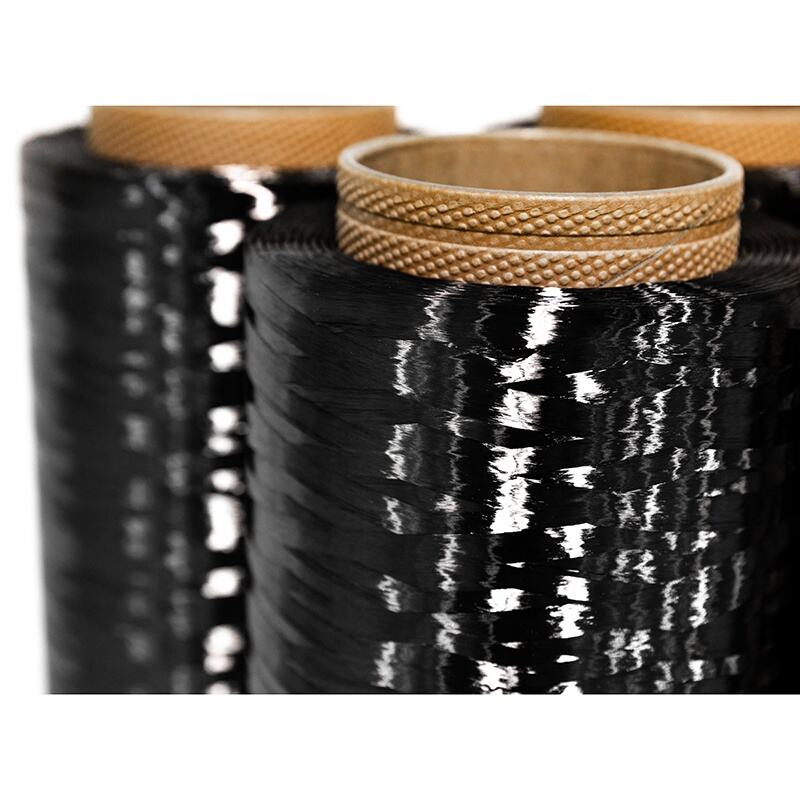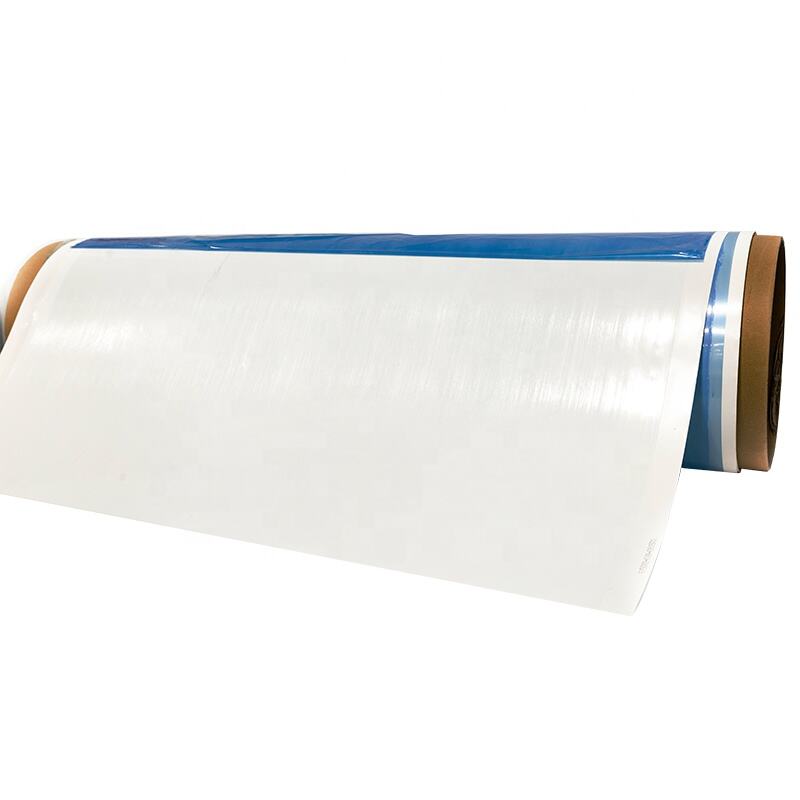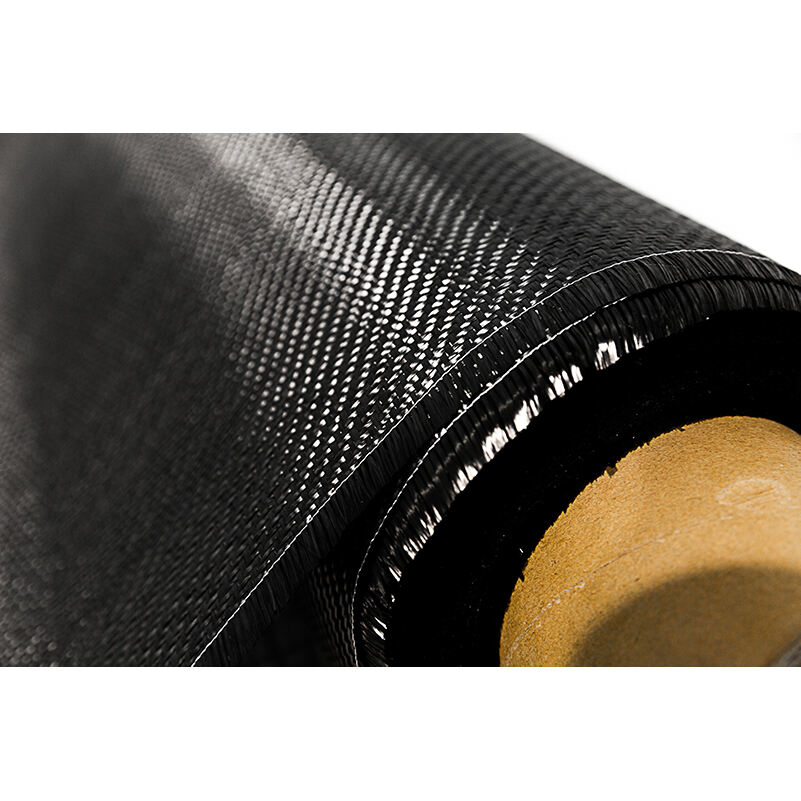carbon fiber in aerospace industry
Carbon fiber has revolutionized the aerospace industry, serving as a cornerstone material in modern aircraft and spacecraft construction. This advanced composite material combines exceptional strength with remarkable lightness, making it ideal for aerospace applications. In aircraft manufacturing, carbon fiber reinforced polymers (CFRP) are extensively used in primary structures, including wings, fuselage sections, and tail assemblies. The material's high strength-to-weight ratio enables manufacturers to create lighter aircraft that consume less fuel while maintaining structural integrity. In commercial aviation, carbon fiber components constitute up to 50% of modern aircraft structures, significantly reducing overall weight and improving fuel efficiency. The material's fatigue resistance and durability ensure extended service life, while its corrosion resistance minimizes maintenance requirements. Advanced manufacturing techniques, such as automated fiber placement and resin transfer molding, allow for precise fabrication of complex aerospace components. Carbon fiber's thermal stability and low thermal expansion properties make it particularly valuable for space applications, where materials must withstand extreme temperature variations. The aerospace industry continues to innovate with carbon fiber applications, developing new manufacturing processes and hybrid materials to enhance performance and reduce costs.


